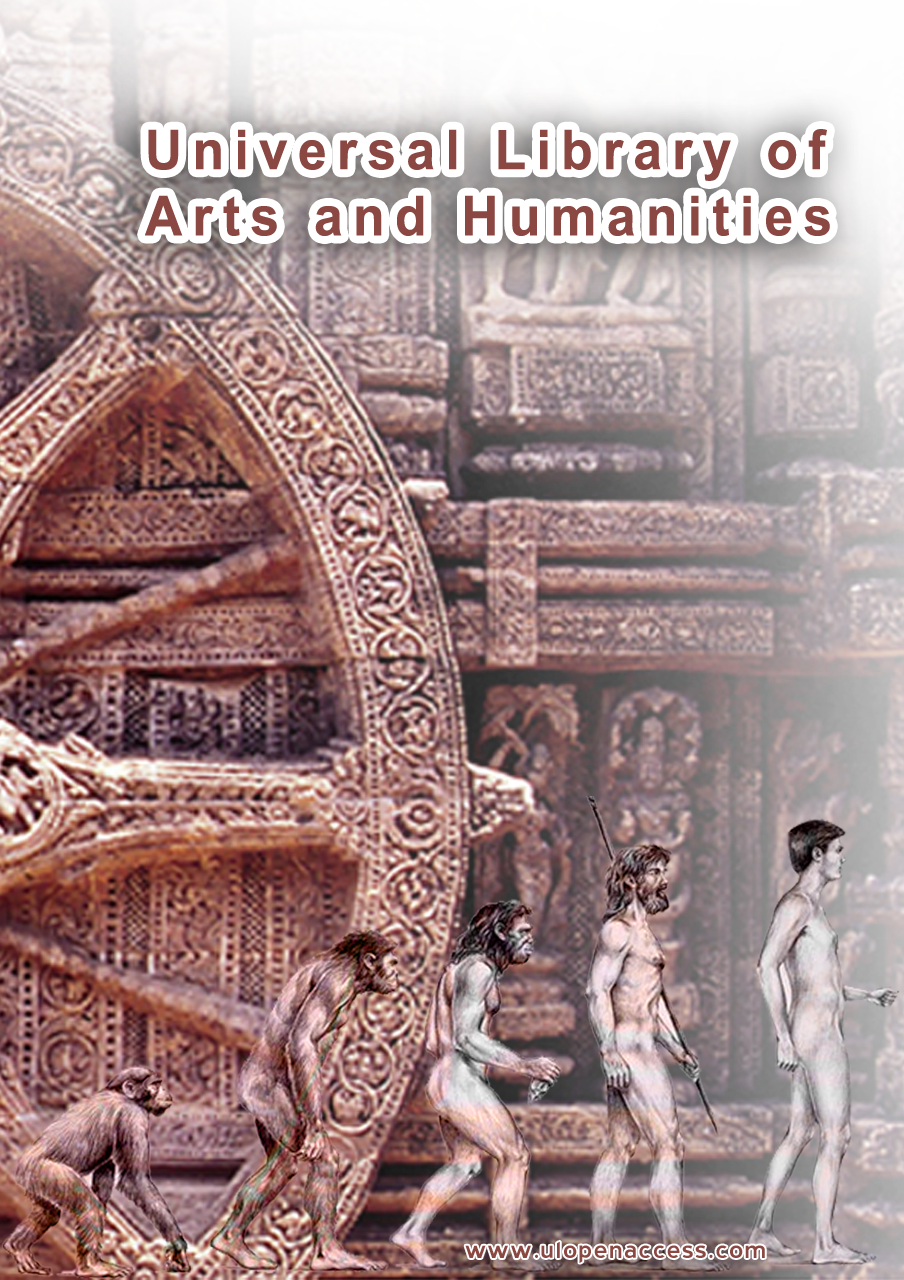Problems of Compositional Decision-Making in Fine-Art Photography in the Era of Digital TechnologiesTsvetkova Natalia Citation: Tsvetkova Natalia, "Problems of Compositional Decision-Making in Fine-Art Photography in the Era of Digital Technologies", Universal Library of Arts and Humanities, Volume 02, Issue 03. Copyright: This is an open access article distributed under the Creative Commons Attribution License, which permits unrestricted use, distribution, and reproduction in any medium, provided the original work is properly cited. AbstractThis article examines the transformation of compositional decision-making processes in fine-art photography under the influence of digital technologies and algorithmic tools. The study aims to provide a comprehensive analysis of the evolution of compositional practices from the constraints of the analog era to digital abundance, as well as to identify the key factors that define the contemporary visual discipline. The relevance of the work is justified by the exponential growth in the volume of images created and the dominance of smartphones, which shifts the creative burden to subsequent stages of processing and complicates the task of preserving the artistic integrity of the frame. The novelty of the study lies in the integrated application of five methodological approaches—ranging from historical-technological analysis to social-media content analysis and case studies of the implementation of Adobe’s generative tools—and in considering artificial intelligence not only as a generator but also as an analytical instrument capable of verifying compositional decisions without supplanting the author’s vision. Digital freedom and algorithmic automation mean that composition has a new center of gravity; it no longer resides at the moment of the shutter but instead in sorting and filtering. Accompanying this is cognitive choice paralysis and the stylistic conformism it induces. Slow photography, previsualization, printed output, and AI-driven analytical tools are proposed as practices that can help recover intuition—not simply a return to “intuitive” rhythm and balance but rather a means by which to consciously reestablish feeling for rhythm and balance. This article will be helpful for researchers of visual culture, practicing fine-art photographers, and instructors at photography schools. Keywords: Composition, Fine-Art Photography, Digital Technologies, Post-Selection, Generative Artificial Intelligence. Download |
|---|

